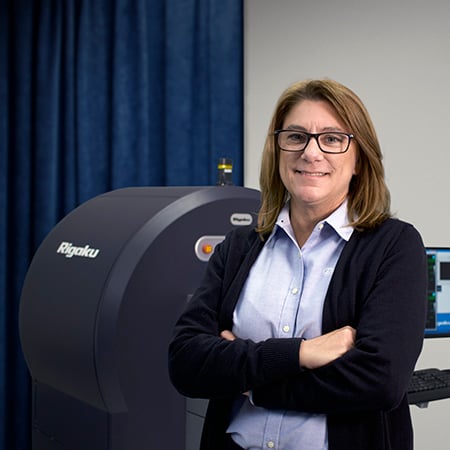Application Note BATT1033
Introduction
Improvement of ionic conductivity of solid electrolytes is essential to improve the performance of all solid-state batteries, and high-resolution observation of the internal structure is important to evaluate the performance. When using an electron microscope to observe a sample at high resolution, it is necessary to coat the sample surface with a conductive material for antistatic treatment, and in the case of untreated samples, accurate observation is not possible due to the effect of charging. By using nano3DX, which enables nondestructive 3D high-resolution observation of the inside of a sample, it is possible to evaluate the void space inside a solid electrolyte without antistatic treatment, which is expected to simplify battery design and improvement.
Non-destructive analysis
- Analysis: All solid-state battery
- Use: Optimizing electrochemical performance
- Analyzed materials: All solid-state battery, Oxide electrolytes
 Figure 1: Tomogram
Figure 1: Tomogram
 Figure 2: Pore analysis
Figure 2: Pore analysis
Conclusion
A piece of a solid electrolyte was imaged with high-resolution by using 3D X-ray microscope, nano3DX, and multiple voids were observed inside the sample. Pores larger than 10 µm inside the sample were evaluated, and the porosity was found to be 0.06%. Pores in a solid electrolyte may affect the ionic conductivity inside as well as the adhesion state with the cathode and anode on the surface. By evaluating the pore size of solid electrolytes, we can study the conditions for solid electrolyte preparation to improve performance.

